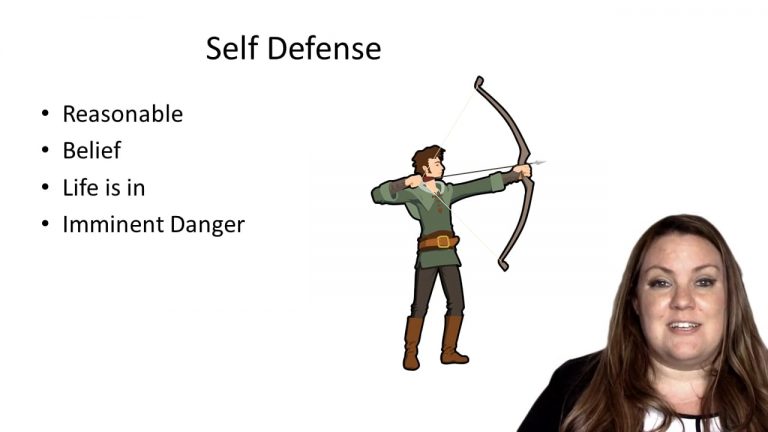SmartBrief
Confirm favorite deletion?
Torts Keyed to Duncan
Poliak v. Adcock
Citation:
2002 WL 31109737 (Tenn. Ct. App. 2002)Facts
The plaintiff had been living in the defendant’s home for a few months when the defendant decided to kick the plaintiff out. To persuade the plaintiff to follow his command, the defendant went into the plaintiff’s room with a two by four, awoke the plaintiff from his sleep, and struck the plaintiff as he told him that he was no longer welcome in the house.
The defendant claimed that he was using self defense given that the plaintiff was younger and stronger than him, but provided no evidence to support the claimed need to defend himself.
Only StudyBuddy Pro offers the complete Case Brief Anatomy*
Access the most important case brief elements for optimal case understanding.
*Case Brief Anatomy includes: Brief Prologue, Complete Case Brief, Brief Epilogue
- The Brief Prologue provides necessary case brief introductory information and includes:
Topic:
Identifies the topic of law and where this case fits within your course outline.Parties:
Identifies the cast of characters involved in the case.Procedural Posture & History:
Shares the case history with how lower courts have ruled on the matter.Case Key Terms, Acts, Doctrines, etc.:
A case specific Legal Term Dictionary.Case Doctrines, Acts, Statutes, Amendments and Treatises:
Identifies and Defines Legal Authority used in this case.
- The Case Brief is the complete case summarized and authored in the traditional Law School I.R.A.C. format. The Pro case brief includes:
Brief Facts:
A Synopsis of the Facts of the case.Rule of Law:
Identifies the Legal Principle the Court used in deciding the case.Facts:
What are the factual circumstances that gave rise to the civil or criminal case? What is the relationship of the Parties that are involved in the case.Issue(s):
Lists the Questions of Law that are raised by the Facts of the case.Holding:
Shares the Court's answer to the legal questions raised in the issue.Concurring / Dissenting Opinions:
Includes valuable concurring or dissenting opinions and their key points.Reasoning and Analysis:
Identifies the chain of argument(s) which led the judges to rule as they did.
- The Brief Prologue closes the case brief with important forward-looking discussion and includes:
Policy:
Identifies the Policy if any that has been established by the case.Court Direction:
Shares where the Court went from here for this case.
Topic Resources
Topic Videos
 9m 57s
9m 57s 22m 47s
22m 47sTopic Outline
Topic Refresher Course
Topic Charts & Notes

